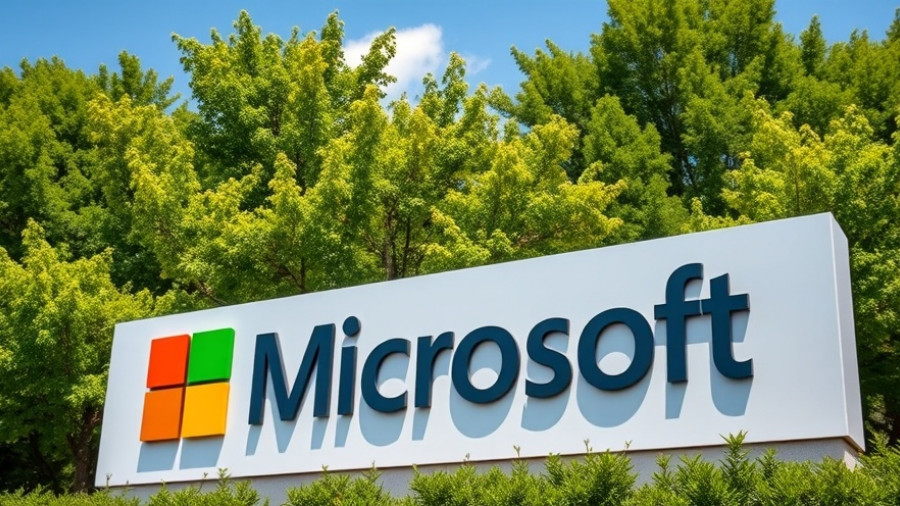
OpenAI’s Expansion Strategy: A Buying Spree
OpenAI, the powerhouse behind advanced AI technologies, is aggressively expanding its portfolio through significant acquisitions. Recently, they made headlines by acquiring Statsig for $1.1 billion, a move that underscores their commitment to enhancing AI application capabilities. Founded as a software experimentation company, Statsig provides tools for businesses to analyze and refine their digital products using real-time data. This acquisition aligns with OpenAI's aggressive purchasing strategy, using its significant resources to fuel growth and innovation.
How Statsig Fits into the Bigger Picture
The integration of Statsig's capabilities is a strategic play for OpenAI. With Vijaye Raji, the former CEO of Statsig, stepping into a leadership role, OpenAI is poised to enhance its product development processes. This acquisition is part of OpenAI's larger strategy to own the complete AI stack, not just in terms of advanced models but across data infrastructure, user interface, and hardware. With previous acquisitions, including the notable purchase of Jony Ive's hardware startup, OpenAI aims to solidify its foothold in the rapidly evolving AI landscape.
Insights from OpenAI's Acquisition Trends
OpenAI's acquisition trajectory reveals an ambition to dominate the AI ecosystem. Each acquisition, from data retrieval solutions like Rockset to product evaluation tools like Context.ai, adds layers to their operational complexity, allowing them to build "always-learning" products. This closed ecosystem can lead to substantial competitive advantages, where companies become reliant on OpenAI's integrated services.
Future Predictions: What Lies Ahead for OpenAI?
Looking forward, the implications of OpenAI's acquisitions could be profound. As they integrate tools from Statsig and others, consumers and enterprises alike may experience enhanced product evaluations, leading to more refined AI applications. The strategic alignment of hardware and software positions OpenAI uniquely against competitors like Meta and Anthropic. In purchasing capabilities and expanding teams, OpenAI aims to expedite innovation cycles, ensuring they stay ahead in an ever-accelerating tech environment.
Understanding the AI Stack: Beyond Basic Models
The concept of the "AI stack" is crucial to understanding OpenAI's ambitions. By building a comprehensive suite of services — from infrastructure and product design to consumer interfaces — the goal is to create an ecosystem where developers and enterprises are encouraged to utilize OpenAI’s comprehensive offerings. This level of integration could shift AI from being model-centric to a system-centric approach, ensuring continuous improvement and adaptability.
What This Means for Consumers and Businesses
The growing focus on robust experimentation and user feedback loops signifies more than just better AI products; it indicates a shift in how consumers and businesses engage with technology. With tools like those developed by Statsig, both developers and users may reap the benefits of enhanced personalization and improved user experiences. In an environment where choice is abundant, OpenAI’s targeted integrations can become a differentiator in a crowded marketplace.
To stay informed about the latest developments in AI and understand how companies like OpenAI are shaping the future, it's crucial to follow these trends closely. Empowering yourself with knowledge will better prepare you for the changes that are certainly on the horizon.
 Add Row
Add Row  Add
Add 




Write A Comment